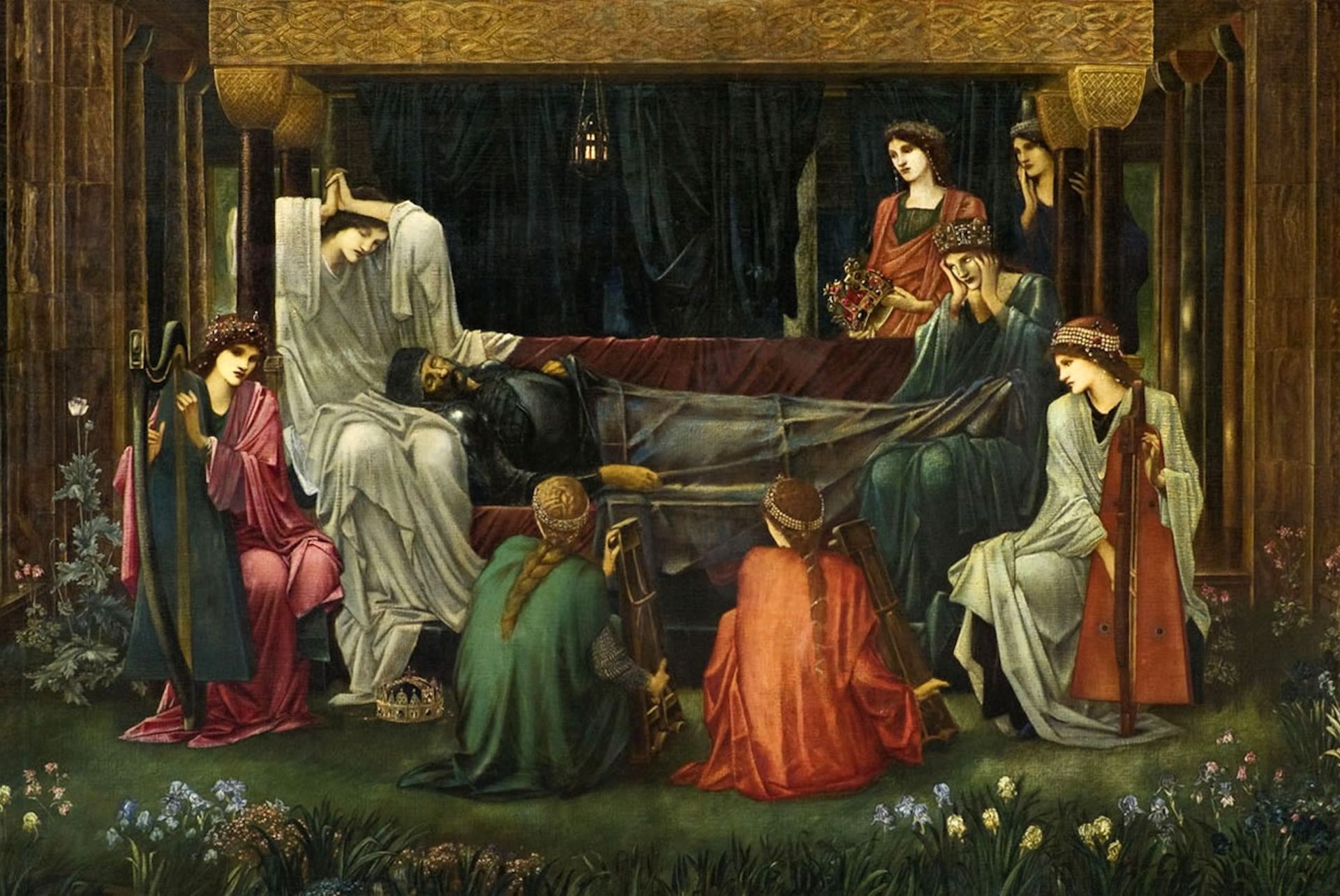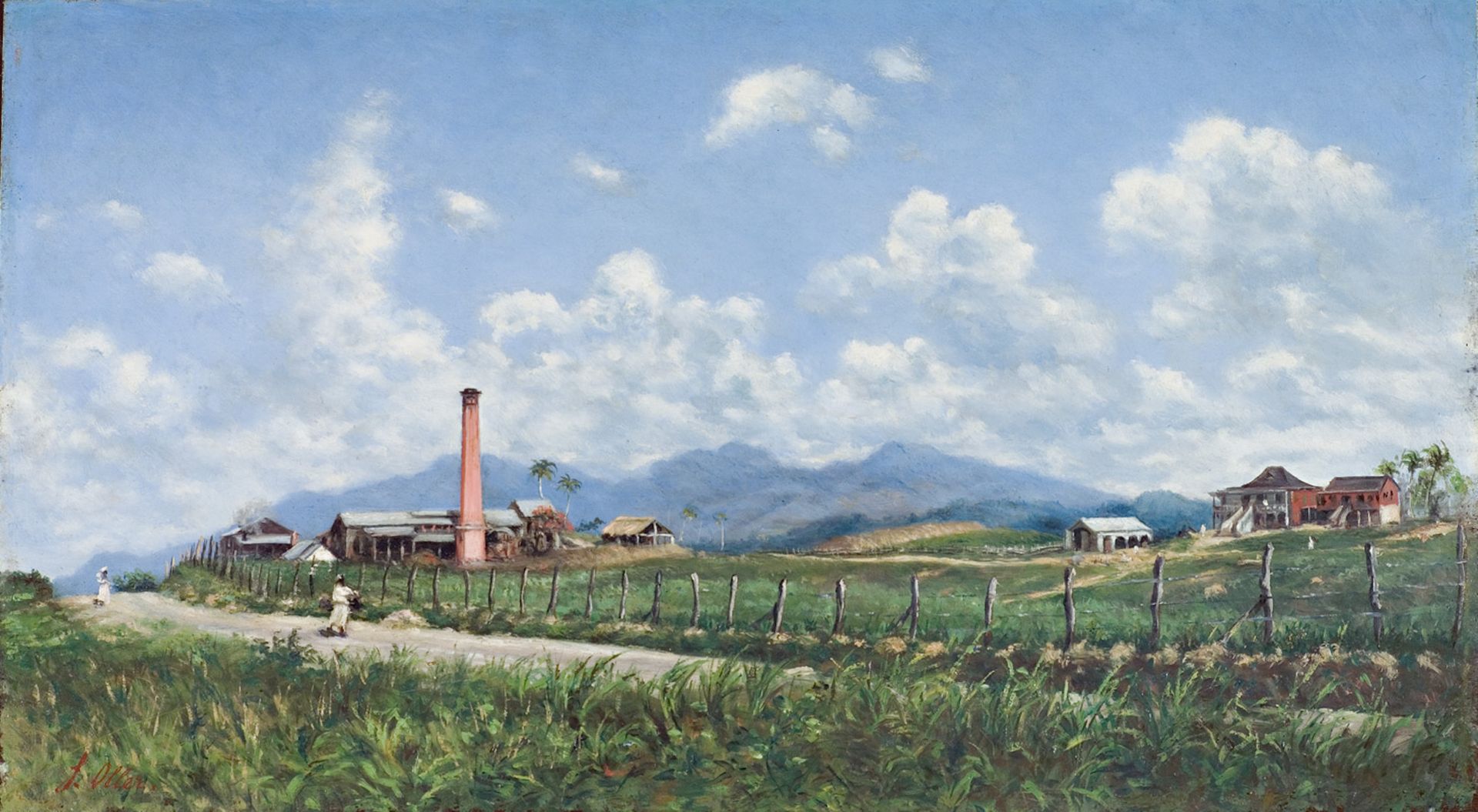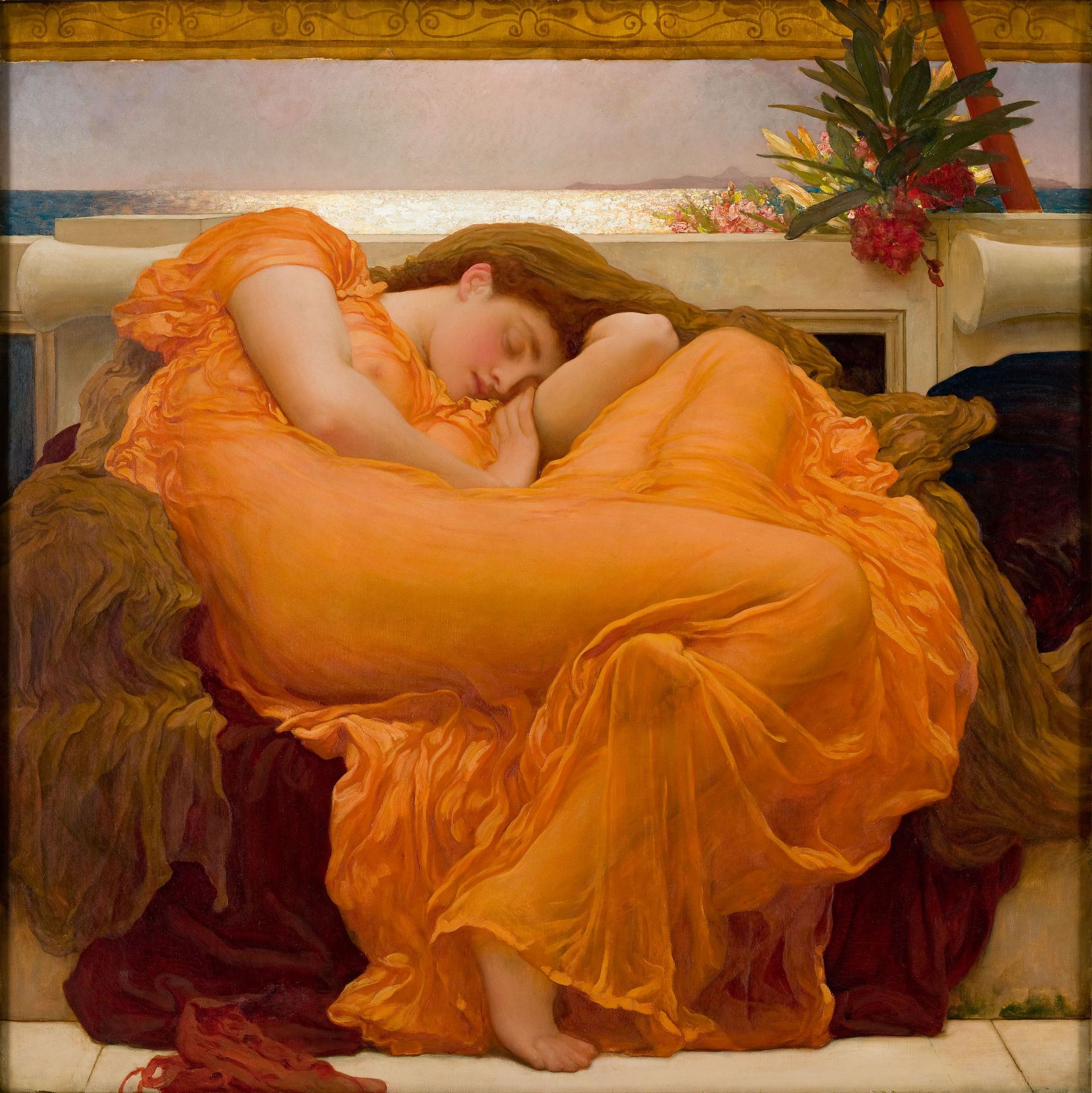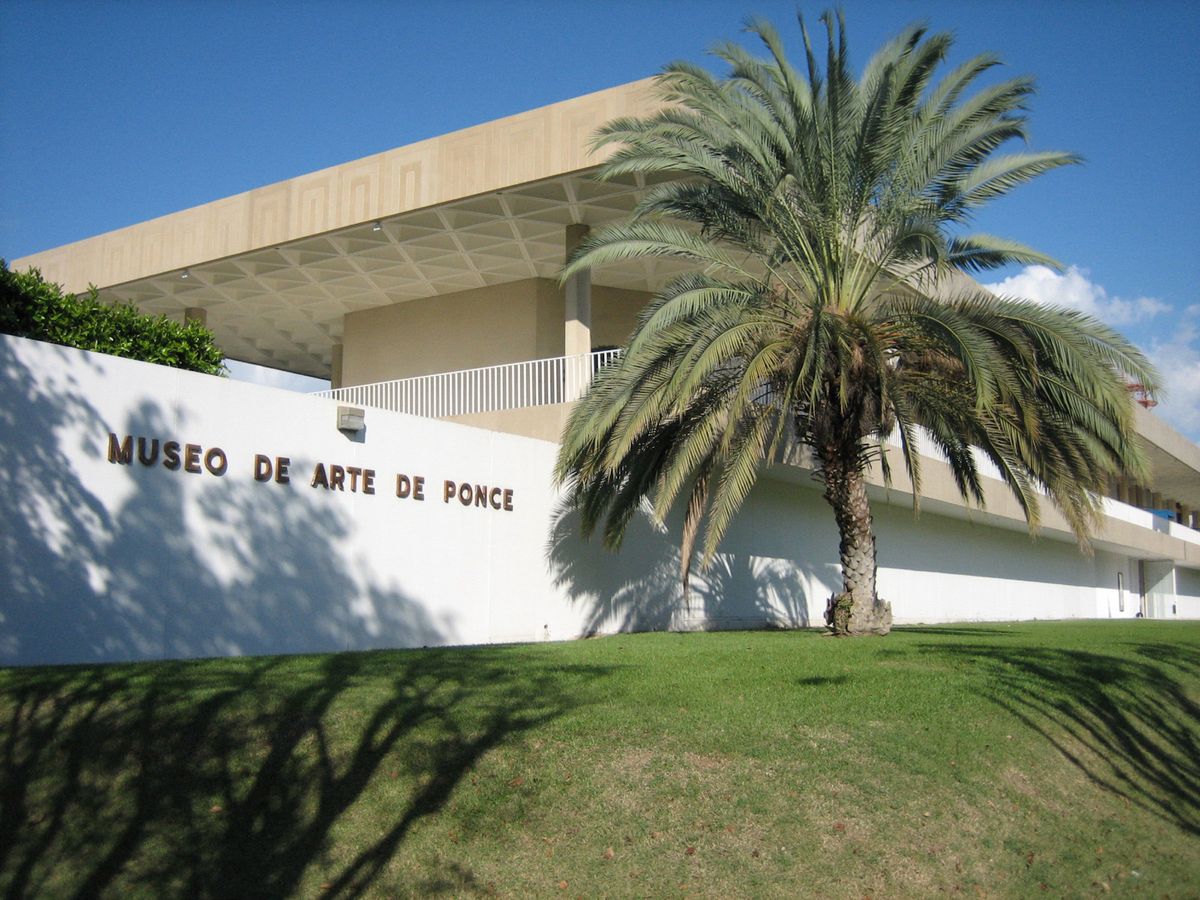In January 2020, when Puerto Rico had not yet fully recovered from Hurricane Maria, the island was shaken by a wave of tremors climaxing in a very strong, 6.4-magnitude earthquake. The aftermath was particularly dire in Ponce, the island’s second largest city after San Juan, with thousands displaced and most households severely impacted. Ponce is home to the Museo de Arte de Ponce (MAP), one of the leading museums in the Caribbean with a superb collection of Old Masters as well as Victorian and 20th-century Puerto Rican art. Though the collection was largely unharmed by the quake the building was damaged, forcing the museum to close. Then came the Covid-19 pandemic.
The museum, which remains closed at the time of writing, recently announced a change of director. Alejandra Peña, is leaving Puerto Rico to direct the University of Minnesota’s Weisman Art Museum. Her successor Cheryl Hartup is no stranger: she was MAP’s chief curator between 2005 and 2012, before Peña’s arrival. Hartup’s recent experience as curator of academic programs and Latin American and Caribbean art at the Jordan Schnitzer Museum of Art at the University of Oregon will surely be an asset for her former employer, together with her knowledge of the Puerto Rican art milieu.
Hartup will find an institution that is in better shape, financially and organisationally, than it was when she left it nine years ago. Nevertheless, overseeing the building’s physical renovation is no small task.
Optimistic origins
MAP was founded in 1959 by Luis A. Ferré (1904-2003), an iron and cement industrialist, politician and possibly the island’s greatest-ever philanthropist. The museum occupies a plot of land on what were the outskirts of Ponce. In 1965, when the main building went up, sugarcane yielded to suburbia as Puerto Rico looked forward to a prosperous future that, in hindsight, turned out to be a short-lived illusion.
The early 2000s were still full of promise for a museum that was ripe for transformation. But by the time Ferré died, a few months shy of his 100th birthday, the institution had lost momentum. A public campaign was launched to finance a much-needed renovation and expansion project and in 2004 the trustees hired a new executive to oversee the process. The appointee was Agustín Arteaga, a Mexican curator with impressive credentials as founding director of the Museo de Arte Latinoamericano de Buenos Aires. Arteaga’s interest in the contemporary art scene promised to breathe new life into a museum that was seen as stagnant and old-fashioned.

Detail of The last sleep of Arthur (1898) by Edward Burne-Jones Museo de Arte de Ponce, via Wikimedia
MAP closed to undergo its renovation in early 2008. The bar was admittedly high: the annex would rub shoulders with a 1965 gem of a Modernist building by Edward Durell Stone, the architect responsible (together with Philip Goodwin) for the Museum of Modern Art’s earliest premises. But design problems as well as space shortages soon became apparent. After much back-and-forth, the final cost of $30m nearly tripled the initial budget, depleting the endowment and burdening a small, privately-funded institution with almost no fundraising experience with a debt of almost $14m. (Unfortunately, a scheduled seismological study was never carried out.) This happened precisely at the same time as the global economic recession became impossible to ignore.
While the museum closed, pre-1900 paintings were sent off on touring exhibitions to Europe and the US—Edward Burne-Jones’s monumental, 9-by-21-foot The Sleep of King Arthur in Avalon (1898) was taken off the stretcher and rolled up to visit venue after venue. In 2010 the museum deaccessioned a superb Lioness and Heron by James Ward, which crept out of sight into private hands. Whereas the painting fit solidly within the collection, bridging the gap between its Regency and Victorian holdings, most of the proceeds from its sale went to defray the costs of shipping Roy Lichtenstein’s Brushstrokes in Flight, the sculpture donated by the Roy Lichtenstein Foundation that adorns the building’s main façade—a gesture as iconic as it is incongruous, since the museum holds almost no American art of the 20th century.
Hardship, rebirth and more hardship
The overambitious programming and inflated operating budget made MAP financially unsustainable at a time of global economic crisis. Still, in 2010 MAP reopened with a bang, seeking to upend its image as an old museum with old stuff for old people. Grants obtained from the Kress and Mellon foundations paid for collection catalogues focused on pre-1900 British and Spanish art, respectively.
Peña took over as director in 2013 and succeeded in several areas where MAP had previously failed. Formerly a high officer of Mexico’s Instituto Nacional de Bellas Artes overseeing 18 museums, she steered an institution that had come dangerously close to the brink. She invested in creating a culture of empowerment, teamwork and accountability. Under her leadership, MAP organised exhibitions that focused on the collection and built partnerships with institutions locally as well as internationally including the Universidad de Puerto Rico, Instituto de Cultura Puertorriqueña, Plantin-Moretus House, and the Frick Collection, to name a few. Between 2013 and 2015, MAP adopted an efficient collection management policy and redesigned its permanent display to improve the visitor experience and bring more artworks out of storage.

Francisco Oller, Hacienda Aurora (around 1898-99) Museo de Arte de Ponce, via Wikimedia
Around 2015, MAP made a belated but successful leap into Instagram and launched a YouTube series showcasing different aspects of the museum’s history, collections and temporary exhibitions. The fact that these videos were produced with public funding and local resources is indicative of the new ethos ushered in by Peña, which made it possible to balance the budget and pay off a cumbersome debt without sacrificing collection care, exhibitions, community outreach and even a few judicious acquisitions. What MAP has achieved under Peña is, in a way, so commonsense that it might be taken for granted. It should not be.
Until the building is renovated and MAP can reopen—which may take at least three years—an important question persists: to what extent can a museum operate without giving the public access to its collection through its physical premises? During lockdown in 2020, the museum offered free online classes; later, as soon as infection rates allowed, staff was sent to local schools to conduct education programs. The collection, however, remains in storage.
MAP’s location, etched into its name, is both one of the institution’s defining characteristics as well as its Achilles heel. Already in 2008, concerns were raised about the bleak future ahead as younger locals were relocating from Ponce to San Juan (and Florida) in increasingly large numbers. After Hurricane Maria in 2017, the 2020 earthquake and Covid-19, the scenario has worsened; according to the US Census, Ponce’s population decreased by almost 20% between 2010 and 2020.
Living conditions around MAP have steadily deteriorated in ways that are beyond any institution’s control. Back in 1978, Ponce could attract a conservator previously employed by the Art Institute of Chicago, Anton J. Konrad. Another conservator, Lidia Aravena, who early on in her career moved from Chile to Ponce to work with Konrad, has kept an admirable standard of collection care for over 30 years; several of her trainees now work in museums across the US mainland, but none is in sight to substitute her as head of conservation at MAP. Ten years ago, Ponce could be described as charmingly decrepit; now it is unsafe and depopulated. Can MAP attract experienced museum professionals in the current circumstances?

Frederic Leighton, Flaming June (around 1895) Museo de Arte de Ponce, via Wikimedia
When it finally reopens, MAP can continue to serve the local community but it probably cannot be the world-class cultural hub Ferré envisioned. The museum’s donors, board members and even some of its employees live a 90-minute drive away in San Juan, as does much of its public. Leaving Ponce and the Edward Durell Stone building behind, on the other hand, would also mean jettisoning an important part of the institution’s legacy.
Difficult decisions lay ahead for the director and trustees. We can only hope that they will not lose sight of the local community as they prioritise that which makes the museum unique: its quirky, under-researched and thrillingly multilayered collection. Exhibitions should not only display artworks, but also generate new knowledge. With a new director at the helm and a board presided over by Luis A. Ferré’s charismatic and dedicated granddaughter María Luisa Ferré, one should not underestimate MAP’s ability to reinvent itself in what seems like its darkest hour. After all, it did just that less than a decade ago.
- Dr. Pablo Pérez d’Ors was a curator at the Museo de Ponce from 2011 to 2018 and is now director of Museu Fundación Juan March


